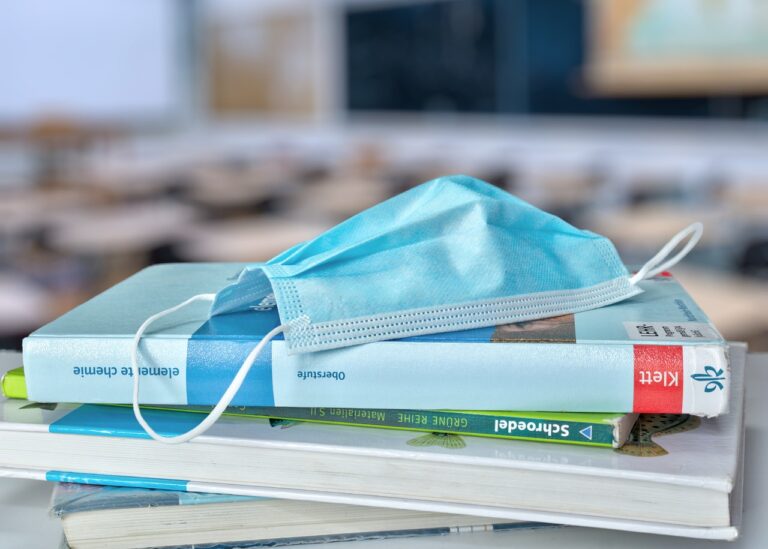Exploring the Role of Positive Psychology in Education: Fostering Wellbeing and Resilience in Students
Positive psychology in education plays a crucial role in shaping the overall well-being and success of students. By focusing on strengths, virtues, and positive emotions, educators can create a more supportive and empowering learning environment for their students. This approach helps in fostering resilience, motivation, and a growth mindset among learners, leading to improved academic performance and mental health outcomes.
Emphasizing positive psychology in education also allows educators to cultivate a sense of belonging and community within their classrooms. When students feel valued, respected, and encouraged to thrive, they are more likely to engage actively in the learning process and develop a sense of purpose and fulfillment in their academic pursuits. By integrating positive psychology principles into teaching practices, educators can help students build the skills and mindset needed to navigate challenges, setbacks, and uncertainties with optimism and resilience.
• Positive psychology in education focuses on strengths, virtues, and positive emotions
• Helps in fostering resilience, motivation, and a growth mindset among learners
• Leads to improved academic performance and mental health outcomes
• Cultivates a sense of belonging and community within classrooms
• Encourages students to engage actively in the learning process
• Develops a sense of purpose and fulfillment in academic pursuits
• Equips students with skills needed to navigate challenges with optimism
Understanding the Impact of Wellbeing on Student Success
When it comes to student success, the connection between wellbeing and academic performance cannot be overlooked. Numerous studies have shown that students who have a high level of wellbeing tend to excel in their studies, perform better on exams, and exhibit higher levels of motivation and engagement in the classroom. Wellbeing encompasses various aspects of a student’s life, including their physical health, mental health, emotional stability, and social relationships. When these factors are in balance, students are better equipped to focus on their academic responsibilities and achieve their full potential.
On the contrary, students who struggle with issues related to wellbeing, such as stress, anxiety, or social isolation, often face difficulties in reaching their academic goals. These challenges can lead to decreased motivation, lack of concentration, and poor academic performance. By prioritizing the wellbeing of students, educators can create a supportive and nurturing environment that promotes learning, growth, and overall success. It is essential for schools and teachers to recognize the significant impact that wellbeing has on student outcomes and to implement strategies that foster a positive and healthy learning environment.
Strategies for Incorporating Positive Psychology in the Classroom
Positive psychology can be an invaluable tool in creating a thriving learning environment for students. One effective strategy is to start each class with a brief mindfulness exercise, setting a positive tone for the day and helping students focus their attention on the present moment. This practice can enhance students’ emotional regulation and increase their overall well-being, leading to improved academic performance.
Another approach is to incorporate gratitude exercises into daily classroom routines. Encouraging students to reflect on things they are grateful for can cultivate a positive mindset and foster a sense of appreciation for their learning experiences. By integrating these strategies, educators can help students develop the essential skills needed for success both academically and personally.
What is positive psychology and why is it important in education?
Positive psychology focuses on promoting wellbeing, resilience, and happiness. It is important in education as it can enhance student motivation, engagement, and academic success.
How does student wellbeing impact their success in the classroom?
Student wellbeing plays a crucial role in their academic success. When students are emotionally and mentally healthy, they are better able to focus, learn, and perform well in school.
What are some strategies for incorporating positive psychology in the classroom?
Some strategies include fostering a positive and supportive classroom environment, teaching mindfulness and resilience skills, promoting gratitude and kindness, and encouraging positive self-talk and growth mindset.
How can teachers promote positive psychology among students?
Teachers can promote positive psychology among students by modeling positive behaviors, providing opportunities for students to practice gratitude and kindness, offering emotional support, and incorporating positive psychology concepts into their lessons.
How can positive psychology benefit both students and teachers in the classroom?
Positive psychology can benefit students by improving their mental health, motivation, and academic performance. It can benefit teachers by creating a more positive and collaborative classroom environment, reducing stress, and improving job satisfaction.







